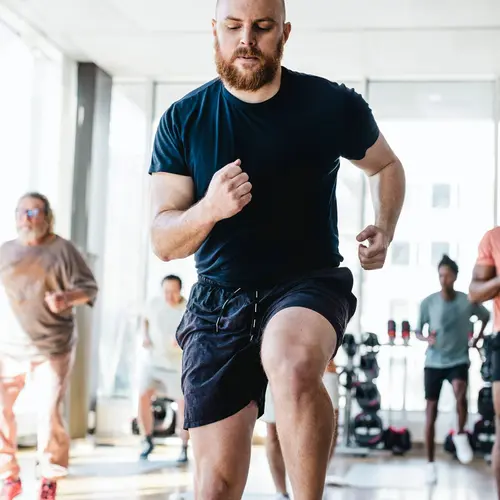Ever zone out and forget all about the healthy ways you want to eat? Or skip the gym after you vow to increase activity? Don't beat yourself up for a lack of willpower or resolve. You may just need reminders to do your habits -- and how much you want the changes they'll bring.
Make It Unforgettable
The word "trigger" often describes something that starts as an unhealthy behavior. Your workout buddy changing your gym time triggers you to skip it. Worrying about a sick parent leads you to overeat.
But a trigger can also be a prompt to do something you want to do.
You can set up any kind of trigger: an alarm, a note, a text message. A good trigger is one you'll both notice and link to what you want to do. You also want to time it to coincide with the action you want to take.
Here are some examples to get you thinking. Feel free to try these, but you’ll have the most success if you pick something personal to you.
Habit: Take a walk each morning.
Trigger: Set your sneakers beside your bed the night before. Spotting the shoes first thing will cue you to lace up and get moving.
Habit: Drink more water.
Trigger: Set an alarm to ring every 2 hours to help you remember to empty and refill your glass.
Habit: Use your home gym or treadmill.
Trigger: Put a timer on a light near your treadmill to come on when it's time to use it.
Habit: Get more exercise with your dog.
Trigger: Link it with something else you already do. For instance, when you open your front door at home, let it be your reminder to play fetch with the dog.
Habit: Do stretches before bed.
Trigger: Let the first touch of your toothbrush to your teeth remind you to do your habit.
Habit: Make healthy food choices.
Trigger: Tie a colorful, eye-catching bow on your fridge to jolt you not to make an unhealthy food choice. (Put one on your TV remote, if you're trying to limit screen time.)
Anchor Away
Another way to cue yourself is to use an anchor.
Triggers remind you of the healthy habits you want to take to reach your goal. Anchors help psych you up to do them.
When you come in contact with an anchor, you relive the feelings and thoughts you have linked with it. For instance, the sound of a rocking chair always makes you sleepy because it's anchored to your parents rocking you to sleep.
All anchors don't have to be unconscious, though. You can also create an anchor intentionally to relive a particular feeling or motivation on demand. In that way, anchors help you remember your healthy habits and give you the mind-set you need to do them.
Let’s say you’re listening to music while you’re on the treadmill, and you feel supercharged during a particular song. That song can become your anchor for those feelings. When you replay it, you'll feel the same energy boost you got during that workout.
Another example of an anchor you hear is a sound like "shhh." You can use that sound to relax yourself. Or you can use a mantra, like "I am calm." You can also trigger your habit with sight or touch. Think about a personal item that reminds you of a time you felt especially strong. When you need those feelings back, look at the item or touch it.
Some people use a ring or wristband. Others consider their fitness device the anchor that gives them a power boost.

